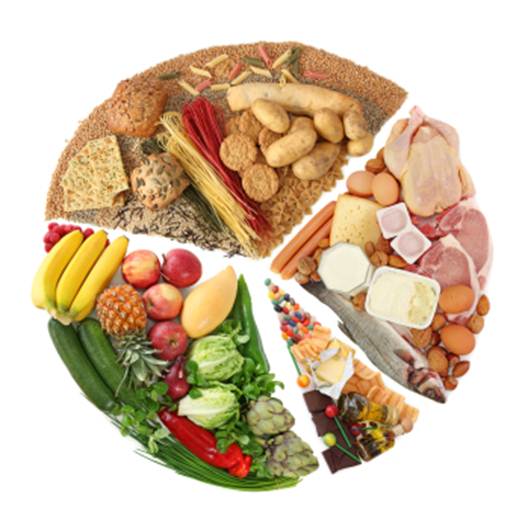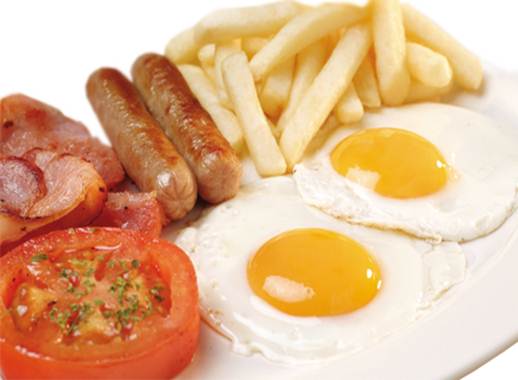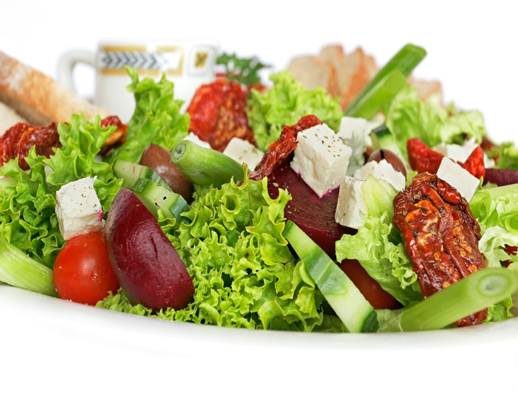Week 2: Diet right
Nutrition experts don’t always agree, but a
near consensus about food and energy is emerging: follow an anti-inflammatory
diet. Doing so can help your cells function more efficiently, making you feel
less sluggish. Like most sensible diets, it recommends plenty of fruits,
vegetables, wholegrains, healthy fats and fish.
Foods
with omega-3 fatty acids are anti-inflammatory
“Foods with omega-3 fatty acids are
anti-inflammatory,” advise The Good Life Dietitians. “To get your dose of
omega-3s, eat rich sources, like salmon, sardines, pilchards and mackerel.
Include them in your diet two to three times a week. Plant sources of omega-3s
include flaxseed and flaxseed oil.”
Day 1: Analyse your eating
Many people don’t know how food is
affecting their energy levels. Track the what, why, when and how of energy bite
(and sip) in your journal. “Make new entries immediately. If you’re on the run,
scribble down the basics on a scrap of paper. Or snap a photo of a meal with
your phone so you can record it later,” says Joburg dietitian Celynn Erasmus.

If you’re skipping meals, eat every few
hours for more sustained energy. If you’re stuffing yourself, strive for better
portion control to prevent fullness-fuelled fatigue. If all your meals come
from a box or can, it’s time to clean things up (processed foods rarely give
you a quality boost).
Day 2: Feed your cells

Our bodies have trillions of
mitochondria-components of our cells that crank our adenosine triphosphate.
This is the molecule essential to all metabolism and energy creation. To keep
them healthy, eat a diet high in B vitamins.
Try to include foods like shellfish, fish,
beef, chicken, dairy products and eggs.
Day 3: Sip it good
Proper hydration helps the smooth entry of
energizing nutrients and the swift exit of depleting wastes and toxins. Try to
drink six to eight glasses of water per day.
Additional fluid may include herbal teas,
and diluted fruit juice (made with 100 percnet pure fruit juice).
Day 4: Start strong

You
need to eat first thing in the morning or your body switches into conversation
mode
“You need to eat first thing in the morning
or your body switches into conversation mode. This means you’ll burn kJ
slower,” says dietitian Tanya Zuckerbrot, author of The F-Factor Diet (Putnam).
An ideal morning meal packs plenty of
protein plus smaller amounts of complex cards and a bit of healthy fat. These
are nutrients that fuel your muscles and mind. They also take longer to digest
for a sustained release of energy. Zuckerbrot recommens a bowl of oats with
flaxseeds and some fruit, or a high-fibre cereal.
Day 5: Make it autopilot
Create a schedule for your diet and
exercise. Plan ahead.” The food you’re eating needs to be there, ready to go,
when it’s time to eat,” says dietitian and SHAPE Advisory Board member Claire
Julsing Strydom. “If it is, then sticking to your diet is easy. Thinking about
what to eat, finding/preparing it, and then eating it takes too much time and
mental effort during a busy day. You’ll find yourself starting your healthy
eating plan tomorrow. And you may reach for the nearest refined-sugar,
nutrient-poor food you can find.”

You’ll
find yourself starting your healthy eating plan tomorrow.
Make a menu for the week, cook, and prepare
meals in advance so that you can function on dietary autopilot all week.
Day 6: Go pro
Stress and imperfect eating can throw the
bacteria in our bellies off balance, causing energy-sapping bowel problems,
like diarrhea. But probiotics – good bacteria that support overall digestion
and immune function – can restore order.

Stress
and imperfect eating can throw the bacteria in our bellies off balance, causing
energy-sapping bowel problems, like diarrhea
“You’ll get probiotics from supplements, or
by including fermented food products, like yoghurt, milk and tempeh,” say The
Good Life Dietitians.
Day 7: Just brew it!
Recent revelations about the power of green
and white tea are impressive. The ritual itself – from bobbing the bad to
breathing in the steam – can offer revitalizing time-out. This is before you
get to the abundance of antioxidants, the compound L-theanine (which may have
calming effects) and anti-inflammatory properties. So grab a cup and go, go,
go!

Recent
revelations about the power of green and white tea are impressive